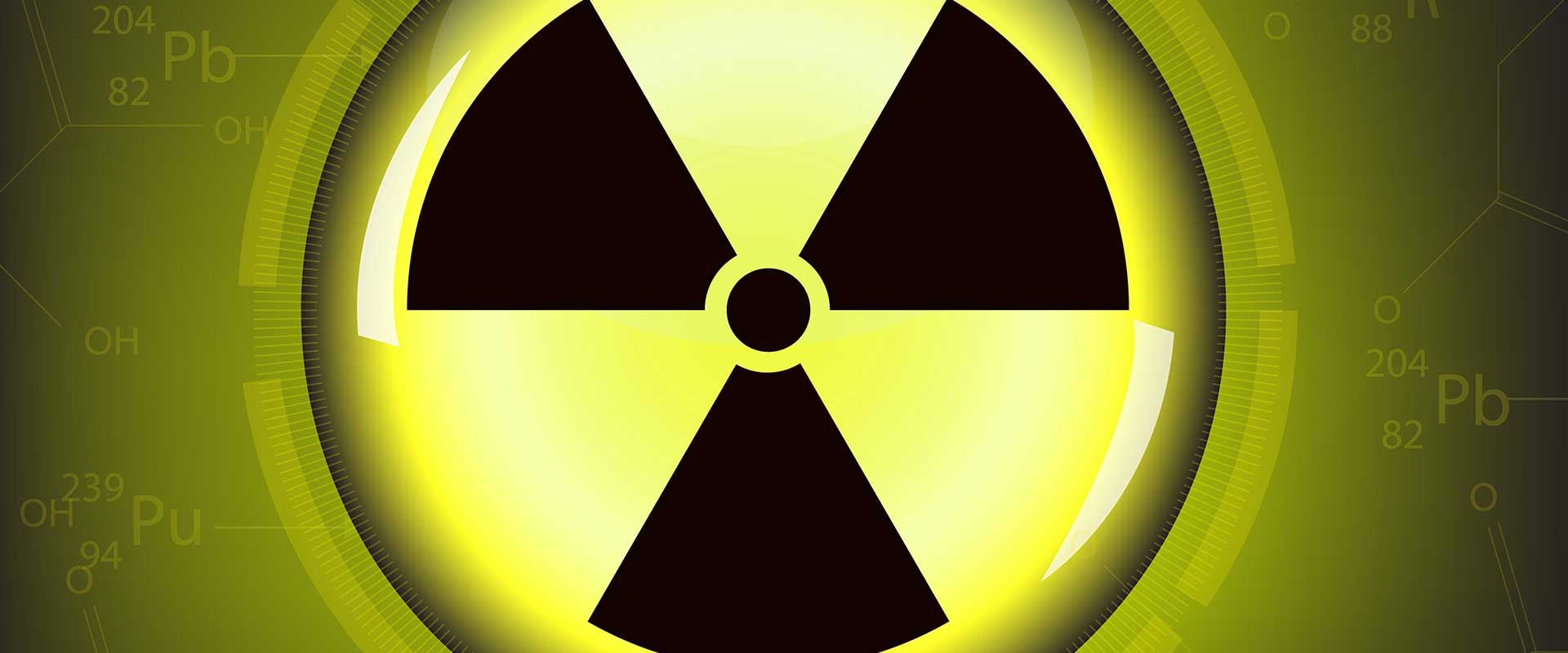
How to Manage Hazardous Waste the Right Way
According to the EPA, Hazardous Waste can be classified as any waste that has properties that have harmful effects of human health or the environment. These waste materials are classified as hazardous because of several physical or chemical properties they have, which make them toxic, reactive, ignitable, corrosive, infectious, or radioactive.
These wastes have significant effects on human health and the environment, and proper management of hazardous waste is necessary to prevent that from happening. Discussed below are some ways to manage hazardous waste and minimize their harmful effects.
Where is hazardous waste generated?
Hazardous waste is generally generated in manufacturing facilities, factories, and hospitals. The types of hazardous waste generated in each of the above mentioned locations may differ in type, but each are harmful in their own ways.
Waste in factories and manufacturing facilities are usually pollutants or corrosive waste, generated as by-products of chemical reactions. Hospitals produce waste that is infectious in nature, posing major health concerns if they’re not dealt with properly.
How can hazardous waste be managed?
Hazardous waste may be solid, liquid, gaseous or sludgy in nature, and each of these wastes have their own management procedure, but the overall process can be summarized in three steps:
1. Classification
This is the first step in management of hazardous waste. The generators of hazardous waste must recognize the type of waste their facility produces, and also recognize if the waste is hazardous in nature or not.
Hazardous waste can vary, ranging from the lead and other heavy metals in used batteries, to more specialized waste, like by-products of manufacturing processes and medical waste. After classifying the waste properly, they must be sorted so that the hazardous waste can be dealt with properly.
2. Transportation
The second step of hazardous waste management is it’s transportation. Transporting hazardous waste cannot be done by regular waste transports, specialized transports are required so that it can safely be transferred to a waste management facility.
Several guidelines are in place for carriers of hazardous waste in the UK. These must be strictly followed, since safety and accountability is paramount when dealing with hazardous wastes.
3. Recycling, Treatment, or Disposal
After the hazardous waste is transported to a waste management facility, several options are present for the final step:
i. Recycling
Several types of hazardous waste can be recycled, like heavy metals in batteries. Recycling these kinds of waste reduces the consumption of raw materials and is also beneficial to the environment.
ii. Treatment
Treatment of hazardous waste refers to the process of rendering the waste inert, which takes care of the risk of the products, after which it can be disposed of easily. Medical waste and industrial chemical waste is usually treated in this manner, which removes the risk factor associated with the waste.
iii. Disposal
Several types of hazardous wastes, like radioactive waste, cannot be treated or recycled. These types of waste need to be disposed of properly. There are several disposal sites for these kinds of materials, which place them in special containers and dispose of them, which minimizes the risk of the hazardous waste contaminating the environment or adversely affecting health.
Hire proper waste management service for your business
innovatefm provides you with a complete and professional waste management service. We can take care of regular waste, like paper, glass, and plastics, to more specialized waste, like industrial and medical waste.
In situations where certain materials are in large enough quantities, we will even be able to provide you with rebates for the disposal of your waste.
Give us a call on (0161) 724 8999 (option 1) or email us at enquiries@innovatefm.co.uk for more information.

